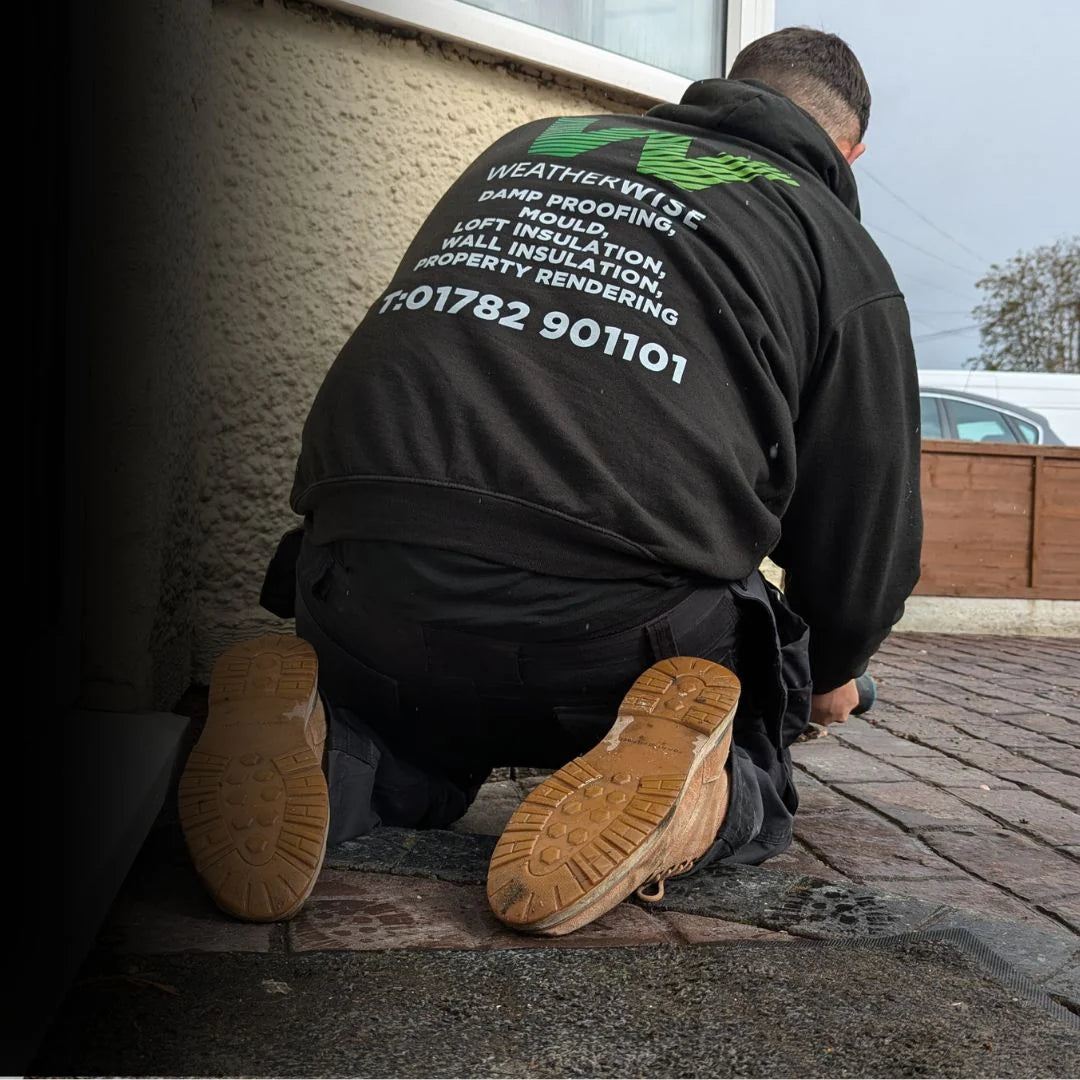💧 What Happens When Your DPC Stops Working?
A Damp Proof Course (DPC) is designed to stop rising moisture from seeping into your walls—but over time, it can deteriorate or become bridged, making your home vulnerable to damp again.
Whether you're dealing with rising damp, crumbling plaster, or musty smells, knowing the signs of a failing DPC can help you act before serious damage sets in.
🔍 Common Signs of a Failing Damp Proof Course
✅ Tide marks or damp patches appearing up to 1 metre from the floor
✅ Salt deposits (white, powdery residue) on plaster or masonry
✅ Peeling paint or wallpaper near skirting boards
✅ Rotting skirtings or floor timbers
✅ Musty smells, especially after heavy rain
These symptoms are often mistaken for condensation or leaks—but if they appear consistently at low levels, your DPC may be compromised.
🚫 What Causes a DPC to Fail?
-
Natural deterioration in older homes
-
Incorrect installation of the original DPC
-
Bridging plaster or render that bypasses the DPC line
-
Raised external ground levels allowing water to bypass the barrier
-
Non-breathable materials trapping moisture in the wall
🛠️ What to Do if You Suspect DPC Failure
At Weather Wise Solutions, we’ll carry out a thorough investigation to determine whether:
✔️ Your DPC is missing, ineffective, or bridged
✔️ Moisture is rising due to poor drainage or ground contact
✔️ Internal materials are contributing to the damp issue
Once diagnosed, we may recommend:
-
Silicone-based DPC injection from PAM Ties for a modern, breathable solution
-
Removal of bridging plaster below the DPC line
-
Advice on breathable finishes and improved airflow
We also follow guidance from the Energy Saving Trust to ensure that your walls remain both dry and energy efficient.
📞 Book Your Free DPC Check Today
If you suspect your DPC isn’t doing its job, don’t delay. Our team is here to give honest, professional advice and tailor the right treatment for your home.
Book a Free Survey for your Home here with Weather Wise Solutions – your damp control experts.



